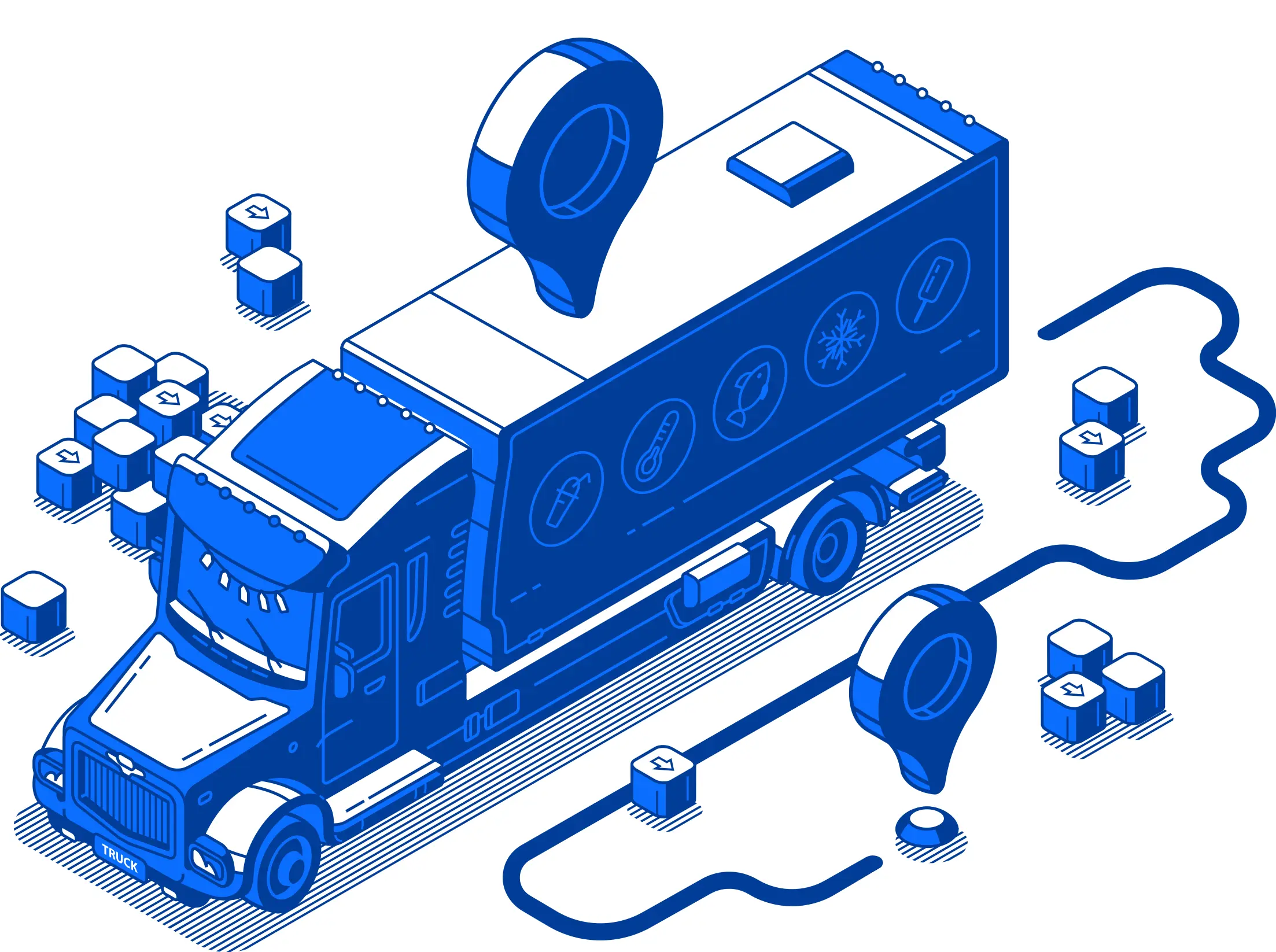The American Trucking Association reports that 10.23 billion tons of freight were transported in 2020. It was a decline of about 1.6 billion tons, but it still generated more than $732 billion for trucking companies and drivers.
At the same time, this period saw 3,140 trucking companies shut down. Times were hard with shutdowns, but things started rebounding in the mid-year. The demand for truckers to end supply chain issues has helped fuel the desire for new truckers to start their own companies.
Nine out of ten freight companies have no more than six trucks in their fleet. According to The National Association of Small Trucking Companies, 85% of new trucking companies do not make it past one year in business. As a new trucker, what can you do to grow your business and become a success?
Set Competitive Rates Without Driving Yourself Out of Business
The first step to success is to consider your rates. To do this, you have to break down your costs. This covers all costs – fuel, insurance, rent, business loans, truck repairs and maintenance, salaries, taxes, advertising, food, utilities, licenses, permits, etc.
When you’re self-employed, you pay self-employment taxes that cover any state and federal income taxes, Social Security tax, and Medicare tax. If you pay those taxes to the IRS using a credit card, you’ll be responsible for an extra 3% processing fee, too.
Break down your expenses by the month. When you’re coming up with your rates, you need to take the expenses you have and add enough so that you’re making money. A 20% margin is a good starting point. After you’ve paid the bills and any drivers you have, there’s an extra 20% to put towards growing your business.
Be ready to increase your rates as needed. As fuel prices increase and the cost-of-living changes, you shouldn’t have to continually lose money due to these increases. Raise your rates accordingly. You can drop them again when the fuel prices go down.
Keep An Eye on Safety
Safety is essential. If you’re not keeping up on truck maintenance and inspections before every trip, you could lose money. Suppose you skip a brake inspection to save money. During a trip, your brakes fail and end up causing a collision. Your insurance will cover it, but your insurer may drop you or greatly increase your rates.
When it comes to safety, you also have to look at drivers’ habits. Having a beer or two with lunch may be normal, but it can lead to impaired driving charges. They can drive up insurance, lead to lawsuits, and drive clients away. You need to have strict policies and test employees when possible. Knowing the terms of their CDL may not be enough to dissuade them from taking the chance. You need to make sure you have policies in place to protect your business.
Look for Discounts Where You Can
Save money everywhere you can. By cutting costs, you’ll have more income to put towards your revenue and company growth. One way to do this is by applying for a business credit card that offers cash back rebates and fuel discounts.
With a Saint John Capital Visa Card, pay for your fuel all month and use the points you accumulate to pay for meals at quick stops and restaurants, fuel up your trucks with discounted fuel, all while enjoying competitive interest rates and never having to carry cash when you or you or your drivers are on the road.
Embrace Technology
Use technology to your advantage. GPS systems are essential for finding the fastest routes, avoiding tolls, or finding an alternative route if there are accidents or construction delays.
Say you have a load to take from Chicago to Boston. You fill your trailer for the trip there, but what happens on the way back? Are you planning to travel with the empty trailer? You’re wasting money. Use a Find Loads app to find freight you can haul on the return. You’ll make money on that return trip, which ensures you’re bringing in extra revenue.
Also, use a Find Loads app if your trailer is only partially full. If the load you’re hauling takes up half the space, find another load that fills the other half and is going to the same area or a point somewhere along the way. You’ll make more money.
When you’re taking work from brokers or shippers you’ve never worked with before, run business credit checks. Make sure they have a stellar reputation for paying their invoices. Saint John Capital offers free business credit checks to those who sign up for an account.
Be Sensible About Growth
Don’t grow too fast. If you take on too much and try to grow before you’re really ready, you could crash and burn. With slow, stable growth, you’re far more likely to be a success and make it to year two.
Start out small and get your initial business loans paid off. Once they’re paid off, take a few months and see how things are going. If you’re still doing well and have the money available for a new truck, expand to one more truck. Avoid the temptation to purchase multiple trucks at once until you know you have enough steady work to support that large of a business loan or truck payment.
If you want to grow your company, look at a line of credit instead of a traditional business loan. With a traditional business loan, you get the lump sum amount and make payments on it. With a line of credit, the amount is there, but you’re not obligated to use it all immediately. It works more like a credit card. Purchase or invest as needed, and leave the rest untouched for later.
Maintain a Steady Cash Flow
Have you come across invoice factoring when researching your business plan? Invoice factoring is a process where you submit your bills of lading to a firm that will pay you some or all of the money you’re owed upfront. A small fee is deducted from the payment you’re owed for this helpful service.
Instead of waiting weeks to get paid, you have the money you need for fuel, repairs, and maintenance within a day and sometimes the same day if the bill of lading is submitted before the deadline. It helps you avoid late fees and higher interest rates.
Suppose you’re owed $8,000 by a new broker and could use that money now. Submit the bill of lading via an online app and get paid to your credit card or bank account. You don’t have to create an invoice; the freight factoring app builds an invoice for you that you can upload to your accounting software.
What’s the best way for a new trucker to maintain a steady cash flow? Factor your invoices with an experienced freight invoice factoring company. Keep sending invoices to your established clients, as you know they’re trustworthy, but use freight factoring to get immediate payment for newer brokers and shippers. If they become regulars, you can stop factoring those invoices and move them to your own invoicing plan.
Talk to us about freight factoring your invoices for immediate payment. It’s free to get started, and the fee you pay for immediate payments is determined by the number of trucks in your fleet. Saint John Capital has the lowest fees in the industry (as low as 1%) and avoids hidden fees by using flat fees, so you have more money to invest in growing your business and building revenue.











